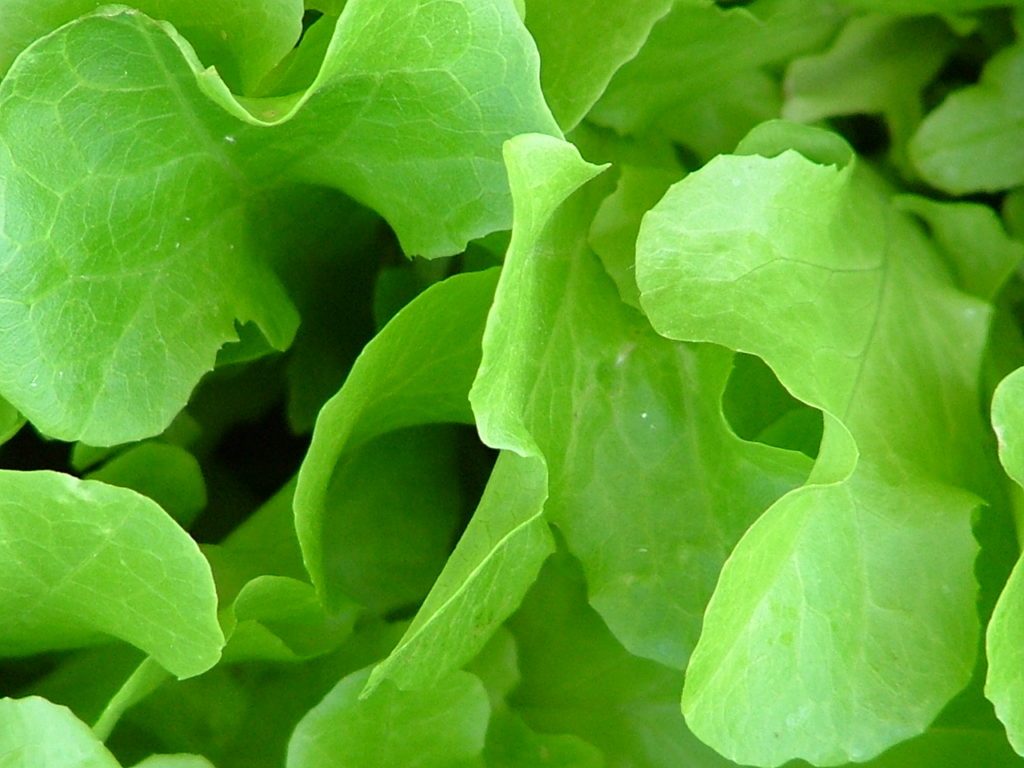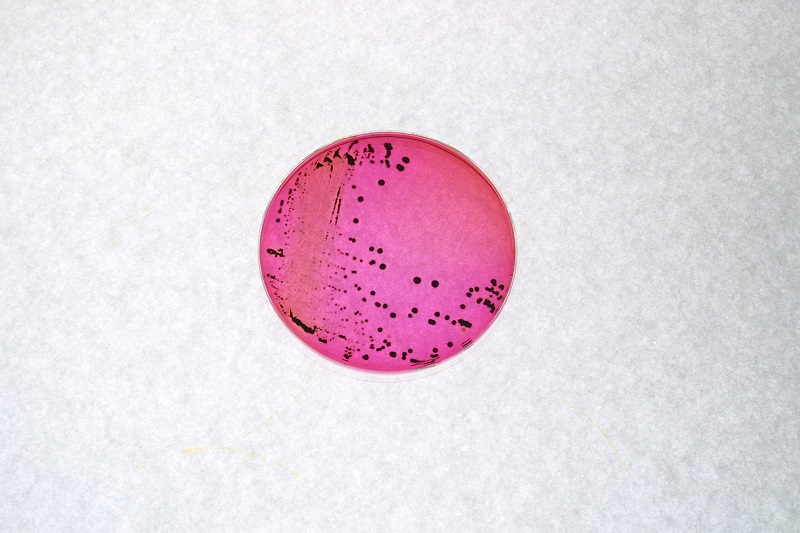Salmonella is responsible for more deaths in Australia than any other foodborne disease. So what exactly is it, and how can you protect yourself against it?

The recent outbreak of Salmonella was cause for concern for many Australians.
Salmonella is the second highest cause of bacterial foodborne gastroenteritis in Australia, after Campylobacter. And Salmonella, along with Listeria monocytogenes, is responsible for more deaths in Australia than any other foodborne disease, each accounting for about 15 deaths per year.
It’s difficult to tell whether foodborne illnesses overall are on the rise or not, but we do know that there are now better detection, tracing and reporting systems, and with social media, people are likely to hear about it more easily and quickly.
What was unusual about this outbreak though is that it was in leafy greens, it was nation-wide and that the serotype was Salmonella Anatum. Salmonella Anatum can cause disease in humans, but in Australia is most frequently isolated from animals such as cattle, sheep, pigs, goats and chickens, and their environments. It has also been found in foods such as nuts, meat, imported herbs and spices, along with animal feeds and in dairy factory environments.
There are over 2,000 different serotypes of Salmonella with Salmonella Typhimurium the most common cause of salmonellosis in humans. Salmonella Anatum is a relatively uncommon cause of salmonellosis in humans. Symptoms are similar to infection caused by other Salmonella – fever, diarrhoea, vomiting and abdominal discomfort – but it appears to be a milder and shorter lived form.

Salmonella colonies on agar.
Salmonellosis has been linked to consumption of horticultural produce internationally – in the US alone seed sprouts and tomatoes are frequently identified as vehicles for salmonellosis; cucumbers were implicated in 2012 and in a current outbreak. Salmonella Anatum was suspected in only 1 or 2 out of dozens of outbreaks.
Australia at the moment has more Salmonella outbreaks than any other country, with 73 cases per 100,000 people or just over 17,000 cases recorded in 2015. More research is needed in finding out why that is, how it’s transmitted and what can be done about it. Along with food and health authorities, we’re researching and supporting industry in a range of food safety and public health issues.
Re-washing pre-packed lettuce at home may reduce, but will not eliminate bacteria like Salmonella. In any case, bagged salad products are washed, sanitised and rinsed several times to slow unwanted bacterial growth. Temperature controls from farm to supermarket are also designed to keep refrigerated food products safe to eat.
What can we do at home to reduce our risk of food-borne illness? Key food safety tips include washing hands, storing food that is meant to be chilled (e.g. salad bags) at 5 degrees or colder, cooking food properly and keeping raw and cooked foods separate during storage and preparation.


Feeling peckish?